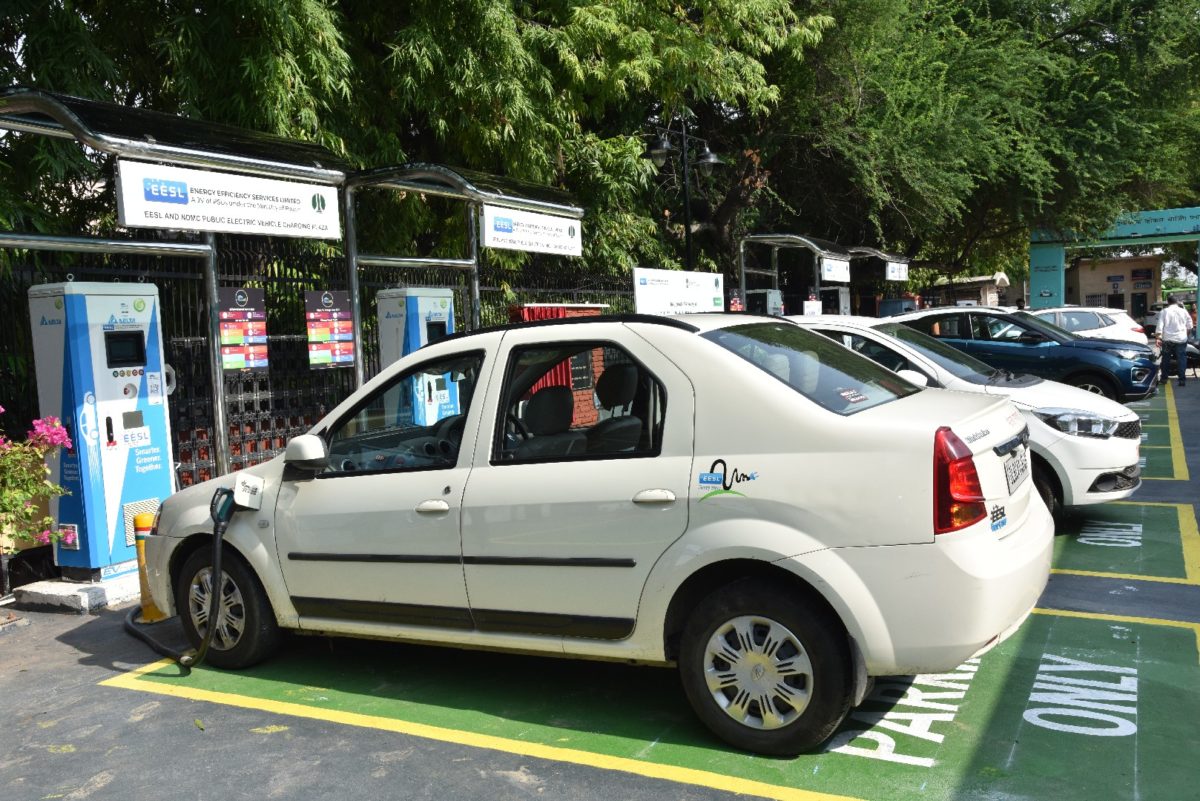Electric Vehicles (EVs) represent the future of the transportation sector, offering a sustainable and efficient alternative to traditional internal combustion engine vehicles. The shift to EVs is not only driven by growing environmental consciousness and stringent emission regulations but also technological advancements that make EVs more appealing to consumers. However, the widespread adoption of EVs is contingent on the development of a robust and accessible charging infrastructure. As we embark on this electric highway, let’s delve into the growth in EV infrastructure and the challenges that lay ahead.
The rise of EV infrastructure
One cannot discuss the EV revolution without acknowledging the exponential growth in EV infrastructure over the past decade. According to the International Energy Agency (IEA), the number of public EV charging points worldwide grew by almost 60% in 2019 alone, signifying a major leap forward.
Much of this expansion can be attributed to public and private sector investments into charging infrastructure, driven by the recognition that EVs are vital in combating climate change and promoting sustainable mobility. For example, in the United States, the Biden administration has pledged to deploy 500,000 new public charging outlets by 2030. Similarly, in Europe, the EU aims to install a million public charging points by the same year.
Notably, private sector investments have played a critical role in this growth. These investments have led to innovative solutions, such as high-speed charging stations that can recharge an EV battery in less than 30 minutes, and wireless charging systems that offer convenience and ease of use. We’ve also seen the emergence of smart charging systems, which allow EVs to communicate with the power grid, scheduling charging during off-peak hours to reduce load and lower costs.
Moreover, businesses have seized the opportunity to integrate charging infrastructure into their operations. Many retail stores, restaurants, and workplaces now offer EV charging, turning the necessity of charging into a value-added service.
Challenges in EV infrastructure
Despite these promising developments, the road to widespread EV adoption is still fraught with obstacles. The growth of EV infrastructure faces several challenges, some of which are highlighted below.
- Geographical disparity: While EV charging infrastructure has expanded significantly, it is disproportionately concentrated in urban areas and developed countries. Rural areas, as well as developing nations, lack adequate access to charging infrastructure, inhibiting EV adoption in these regions.
- Grid capacity: The rapid expansion of EV charging infrastructure poses challenges to the power grid. High demand for electricity, especially during peak hours, can strain the grid, leading to instability and blackouts.
- Standardization: The lack of standardized charging systems can create complications for EV owners. Different EV models may require specific charging systems, and a universal standard is crucial to ensure compatibility and ease of use.
- Investment: Building a robust EV charging infrastructure requires substantial investment. While governments and businesses have made commitments, sustained financial support is crucial to maintain the pace of growth.
- Public perception: Finally, public perception plays a significant role. “Range anxiety,” or the fear of running out of charge before reaching a charging station, is a major deterrent for potential EV buyers.
The way forward
To address these challenges, we need a multi-pronged approach. Governments, businesses, and individuals must collaborate to create an ecosystem that supports the growth of EV infrastructure.
Policy incentives can stimulate investment in charging infrastructure, while regulations can enforce the standardization of charging systems. Technological advancements can improve grid capacity and charging speed, alleviating concerns about range anxiety. Education and awareness campaigns can shift public perception and promote the adoption of EVs.
Additionally, the integration of renewable energy sources into the charging infrastructure can further enhance the sustainability of EVs. For instance, solar-powered charging stations can reduce reliance on fossil fuels, making the charging process as green as the vehicles it powers.
In conclusion, the journey on the electric highway is still in its early stages. While the growth in EV infrastructure is impressive, we must overcome numerous challenges to realize the full potential of electric mobility. However, with concerted efforts and innovative solutions, we can build an infrastructure that fuels the transition to a sustainable and electrified future.
The views and opinions expressed in this article are the author’s own, and do not necessarily reflect those held by pv magazine.
This content is protected by copyright and may not be reused. If you want to cooperate with us and would like to reuse some of our content, please contact: editors@pv-magazine.com.








By submitting this form you agree to pv magazine using your data for the purposes of publishing your comment.
Your personal data will only be disclosed or otherwise transmitted to third parties for the purposes of spam filtering or if this is necessary for technical maintenance of the website. Any other transfer to third parties will not take place unless this is justified on the basis of applicable data protection regulations or if pv magazine is legally obliged to do so.
You may revoke this consent at any time with effect for the future, in which case your personal data will be deleted immediately. Otherwise, your data will be deleted if pv magazine has processed your request or the purpose of data storage is fulfilled.
Further information on data privacy can be found in our Data Protection Policy.